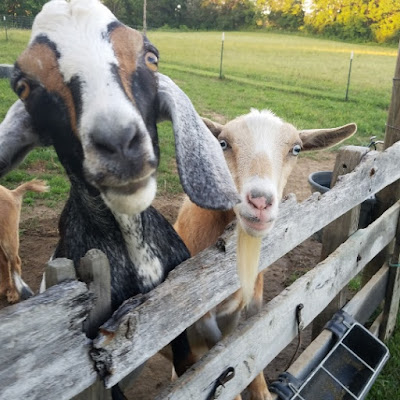I checked the blog, and was surprised to find that it's been nearly three years since we started using our home made composting potty system. Three years! We've made some small tweaks to our system, but we are still using the potty that Brandon made and we haven't any concrete plans for an upgrade any time soon. It must be working!
When we were still weekend house renovation warriors, and I would spend time on the interweb reading about other peoples composting toilet systems, I always appreciated it when folks would give an update after using their alternative toilet system for a while. In the photo above you can see our little plywood potty tucked to one side of the bathroom. On the floor to the left of the potty is a plastic tub with fine pine shavings that we buy from Tractor Supply. On the wall above, near the ceiling, is a regular vent fan made for bathrooms, which has a speed controller mounted near the light switch. The vent fan helps keep the air in the room refreshed when needed. A friend who visited for the first time told me after she used our potty, "it doesn't smell bad like I thought it would."
In this photo you can see that inside the painted plywood box, is a five gallon plastic bucket. This one is orange. Different stores sell different colors, and every once in while, usually before a holiday or party, I buy a new bucket. We now use a two bucket system. Every time the bucket is emptied and rinsed, we set it outside in the sun, and put the other bucket, which has been outside, back in the potty. This way we always have a fresh air dried, sun sanitized, bucket ready for use.
We have found that after putting the clean bucket in place, it's best to put a big scoop of wood chips in the bottom of the bucket before it gets used. This makes it easier to clean as it prevents toilet paper from sticking to the bottom of the bucket. The pine shavings smell nice, and if each... ah... deposit, is adequately covered with wood chips, I haven't found smell to be a problem. I keep a little brush handy for sweeping away stray wood chips from the lid and seat.
Wood chips do get spilled to the floor and tracked around, but overall, cleaning this potty is easier than cleaning a flush toilet. It's much easier to wipe down a straight sided box that always stays dry. When we had a flush toilet at our last house, the outside of the bowl was often damp from condensation, which helped cat hair and lint stick to it and it was awkward to wipe off. I had to twist my body into an uncomfortable position to clean behind the toilet and around the pipes and things that came up from the floor. With this potty, I can move the plywood box out of the way and give the floor a good cleaning. It's light enough that I can pick it up and move it wherever I want.
"What's the status of the bucket?" That's a question we ask each other. Every day, or every other day, or more than once a day, if we have house guests, the bucket needs to be emptied. We are lucky that our bathroom has a door to the outside, so we never have to carry the bucket through the house.
To empty the bucket, we just raise the lid of the potty, grab the bucket by the handle, and carry it out the door. Once it's empty, we rinse it off with either the garden hose or the shower head that has a hose. If we use the shower hose, we dump the dirty water that collects in the bucket outside, so the shower stall never gets dirty. Rarely does the bucket need to be wiped, as the water pressure takes care of most dirt, especially the hot water from the shower hose when on the setting where the water is concentrated into a single stream.
In this photo you can see the distance we have to carry the bucket to the compost bins, which are under the biggest tree, past the greenhouse and garden.
It's a wide grassy path to walk, and we sometimes do it after dark using headlamps.
See that tall ragweed growing on the left of the photo above? That's where the compost bins live. They are far from the house, and screened by the tall weeds and a small fence.
This is what you see when you walk behind the weed screen - seven large compost bins, with lids, that are open to the soil on the bottom. During the spring and early part of the summer, when I had the garden hose handy, I would flip off all the lids (and frighten the black rat snake that likes to coil in one of the bins!), and water the contents. I do this to make sure they have the moisture they need to decompose. This fall, we will select the bins that have been inactive (no fresh buckets added) for over a year, and spread the contents on the hay field. We did this last fall and the material was so decomposed there were no bits of identifiable material. The oldest bins had decomposed so that nearly half of the bin was empty, and it was full when we stopped using it.
I was going to end this post with a poop joke, but I couldn't think of one that wasn't crappy. Ha!

















































